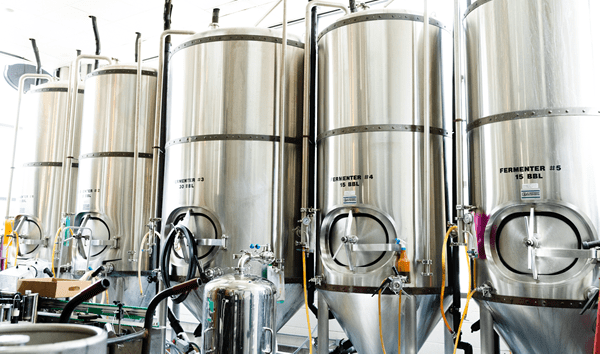Brewing is an ancient process that has been done for centuries all around the world. There are many different brewing traditions around the world, and each one produces a unique type of beer. In this post, we will explore the history of breweries around the world.
Types of Beer
Breweries have been around for centuries, and each one produces a different kind of beer. In this blog post, we’re going to explore the different types of beer and the breweries that produce them. You can also have a peek here, to know more about beer restaurants.

There are three main types of beer: lager, ale, and IPA. Lager is the most common type of beer in the world, accounting for more than 60 percent of all global sales. Ale is a bit lighter and smoother than lager, and it accounts for about 30 percent of global sales. IPA is a type of ale that’s popular with American craft brewers.
Some of the most famous breweries in the world are Anheuser-Busch InBev (ABI), Heineken International NV, Pabst Brewing Company, SABMiller Plc., and Carlsberg Group A/S. These breweries produce a wide variety of beers, including lagers, ales, pilsners, stouts, pale ales, IPAs, dark ales, and wheat beers.
Styles of Beer
Beer has been enjoyed by humans for centuries. Some believe that beer was first brewed in the Near East around 5,000 BC. In China, beer was first brewed around 2700 BC. The Egyptians were some of the earliest brewers and made a type of beer called sheesha. The Greeks and Romans loved their ale and brewed a variety of beers, including porter, stout, and lambic.
While many breweries remain relatively small, there has been a recent trend towards larger breweries. In 2008, AB InBev purchased Mexico's Grupo Modelo for $20 billion. This move created the world's largest beer company and led to an increase in large-scale breweries around the world. While this trend may lead to more consolidation among brewers, it has also led to greater variety and experimentation with brewing styles.